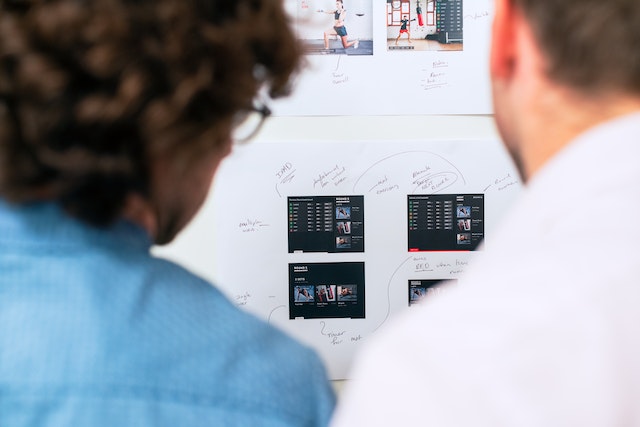
GUEST POST from Art Inteligencia
Human-centered design is an approach to problem-solving that puts people first. It focuses on understanding the needs, wants, and limitations of people as it relates to a particular product or service. Human-centered design has been gaining traction in recent years, as businesses and organizations have come to understand the power of prioritizing people in the design process. Here are five benefits of human-centered design that make it a valuable tool for innovators and problem-solvers.
1. Increased User Engagement
When people are at the center of the design process, the end-product is likely to be more engaging. This is especially true in the case of digital products and services, where users expect an intuitive, easy-to-use experience. By leveraging human-centered design, developers can create products that meet users’ needs and wants, ultimately increasing user engagement.
2. Improved Customer Satisfaction
By understanding the needs and wants of customers, developers can create products and services that better meet their needs. This leads to increased customer satisfaction and loyalty, which are essential to any successful business.
3. Enhanced Usability
Human-centered design can help developers create products and services that are intuitive and easy to use. This is especially important in the case of digital products, as users are less likely to use a product if it is difficult to figure out.
4. Reduced Development Time
By understanding the needs and wants of users, developers can create products and services that are tailored to their needs. This reduces development time, as developers don’t have to spend time trying to figure out what users need or want.
5. Increased Innovation
By placing people at the center of the design process, developers can create products and services that are truly innovative and unique. This is especially true in the case of digital products and services, where innovation is key to staying ahead of the competition.
Conclusion
Human-centered design is a powerful tool for innovators and problem-solvers. By understanding the needs, wants, and limitations of people, developers can create products and services that are tailored to their needs, leading to increased user engagement, improved customer satisfaction, enhanced usability, reduced development time, and increased innovation.
Image credit: Pexels
![]() Sign up here to join 17,000+ leaders getting Human-Centered Change & Innovation Weekly delivered to their inbox every week.
Sign up here to join 17,000+ leaders getting Human-Centered Change & Innovation Weekly delivered to their inbox every week.